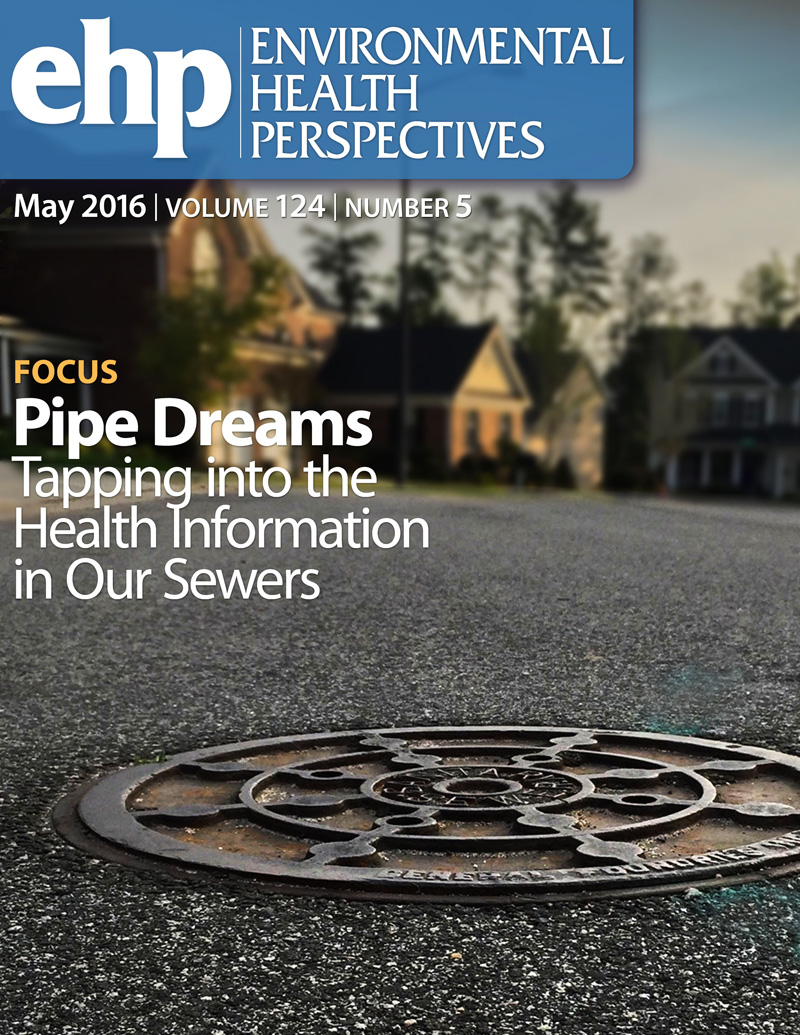气候变化对登革热传播风险影响长期预测的最新科学综述。
IF 9.8
1区 环境科学与生态学
Q1 ENVIRONMENTAL SCIENCES
引用次数: 0
摘要
气候变化预计将深刻影响登革热传播风险,但有必要对证据进行全面审查,以完善对气候情景、预测期、空间分辨率和建模方法的理解。目的:我们进行了一项科学综述,以全面了解气候变化下登革热长期风险预测,确定研究空白,并为未来的研究提供循证指导。方法检索截至2024年12月5日的PubMed、Embase和Web of Science三个医学数据库,提取相关的建模研究。采用先验搜索策略、预定义的资格标准和系统的数据提取程序来识别和评估研究。结果在5035项研究中,57项符合纳入标准。登革热风险预测范围为1950-2115年,52.63% (n = 30)的研究使用代表性浓度途径(Representative Concentration Pathways, rcp)。其中,RCP 8.5 (34.94%, n = 29)、共享社会经济路径(ssp) 2 (32.35%, n = 11)和排放情景特别报告(SRES) A1 (58.33%, n = 7)被利用最多。大多数研究(57.89%,n = 33)仅使用气候变量进行预测,21.05% (n = 12)的研究使用精细空间分辨率(≈1 km)的气候数据进行预测。我们发现相关方法在研究中主要用于建模未来风险(61.40%,n = 35)。在机制模型中,35% (n = 7)缺乏结果验证,75% (n = 15)没有报告模型评价指标。我们认为迫切需要加强登革热数据库,使用更精细的空间分辨率来整合大数据,并在建模中纳入潜在的社会环境因素,如人类运动、植被、小气候和病媒控制效果。利用适当的时空模型和验证技术对于开发功能性气候驱动的登革热预警系统至关重要。https://doi.org/10.1289/EHP14463。本文章由计算机程序翻译,如有差异,请以英文原文为准。
A State-of-the-Science Review of Long-term Predictions of Climate Change Impacts on Dengue Transmission Risk.
BACKGROUND
Climate change is predicted to profoundly impact dengue transmission risk, yet a thorough review of evidence is necessary to refine understanding of climate scenarios, projection periods, spatial resolutions, and modelling approaches.
OBJECTIVES
We conducted a State-of-the-Science review to comprehensively understand long-term dengue risk predictions under climate change, identify research gaps, and provide evidence-based guidelines for future studies.
METHODS
We searched three medical databases (PubMed, Embase, and Web of Science) up to December 5, 2024, to extract relevant modelling studies. A priori search strategy, predefined eligibility criteria, and systematic data extraction procedures were implemented to identify and evaluate studies.
RESULTS
Of 5,035 studies retrieved, 57 met inclusion criteria. Prediction for dengue risk ranged from 1950-2115, and 52.63% (n = 30) of all studies used Representative Concentration Pathways (RCPs). Specifically, RCP 8.5 (34.94%, n = 29), Shared Socioeconomic Pathways (SSPs) 2 (32.35%, n = 11), and the Special Report on Emissions Scenarios (SRES) A1 (58.33%, n = 7) were utilized the most among all the RCPs, SSPs, and SRES climate change scenarios. Most studies (57.89%, n = 33) used only climatic variables for the prediction, and 21.05% (n = 12) of studies employed fine spatial resolution (≈ 1 km) for the climate data. We identified correlative approach was used mostly across the studies for modelling the future risk (61.40%, n = 35). Among mechanistic models, 35% (n = 7) lacked outcome validation, and 75% (n = 15) did not report model evaluation metrics.
DISCUSSION
We identified the urgent need to strengthen dengue databases, use finer spatial resolutions to integrate big data, and incorporate potential socio-environmental factors such as human movement, vegetation, microclimate, and vector control efficacy in modelling. Utilizing appropriate spatiotemporal models and validation techniques will be crucial for developing functional climate-driven early warning systems for dengue fever. https://doi.org/10.1289/EHP14463.
求助全文
通过发布文献求助,成功后即可免费获取论文全文。
去求助
来源期刊

Environmental Health Perspectives
环境科学-公共卫生、环境卫生与职业卫生
CiteScore
14.40
自引率
2.90%
发文量
388
审稿时长
6 months
期刊介绍:
Environmental Health Perspectives (EHP) is a monthly peer-reviewed journal supported by the National Institute of Environmental Health Sciences, part of the National Institutes of Health under the U.S. Department of Health and Human Services. Its mission is to facilitate discussions on the connections between the environment and human health by publishing top-notch research and news. EHP ranks third in Public, Environmental, and Occupational Health, fourth in Toxicology, and fifth in Environmental Sciences.
 求助内容:
求助内容: 应助结果提醒方式:
应助结果提醒方式:


